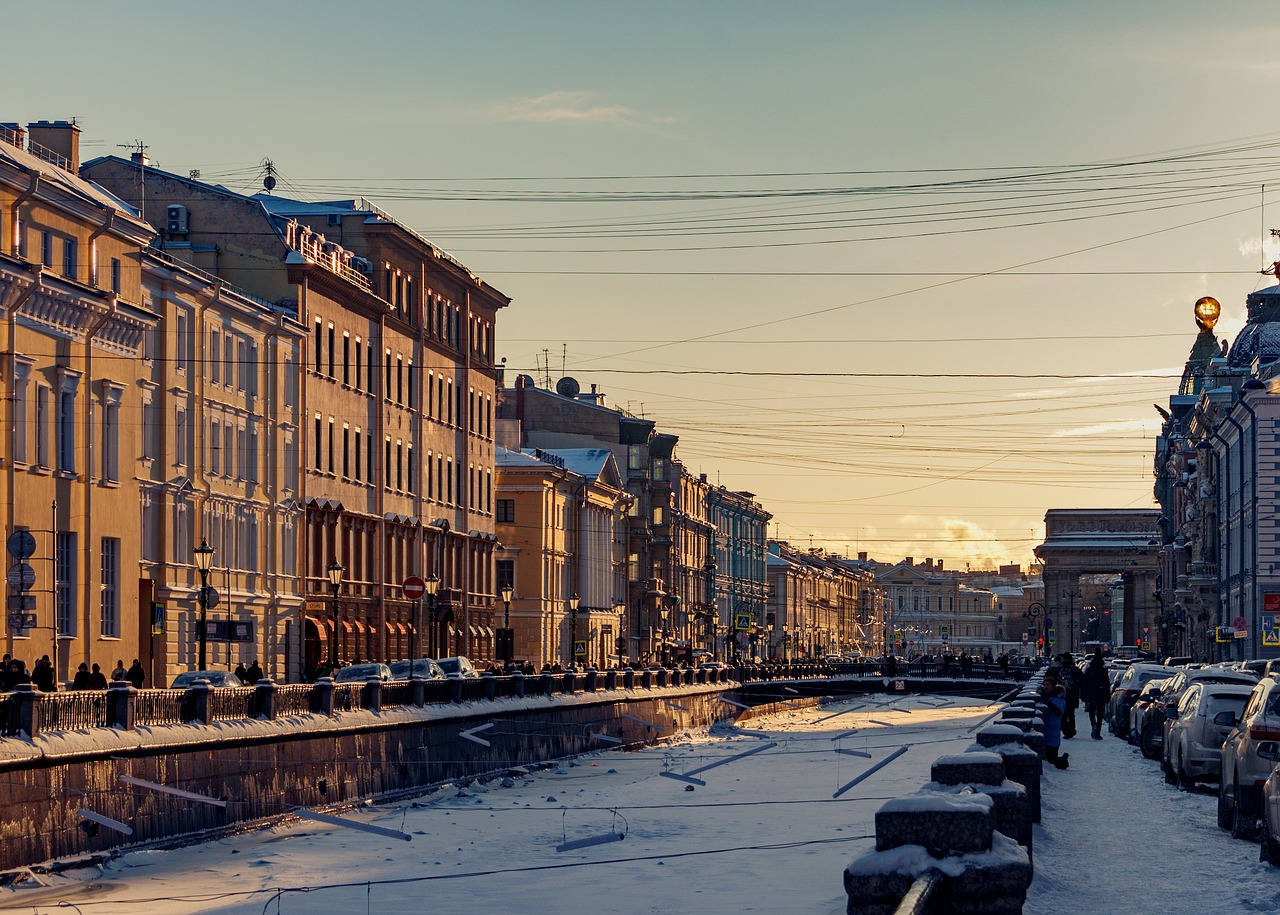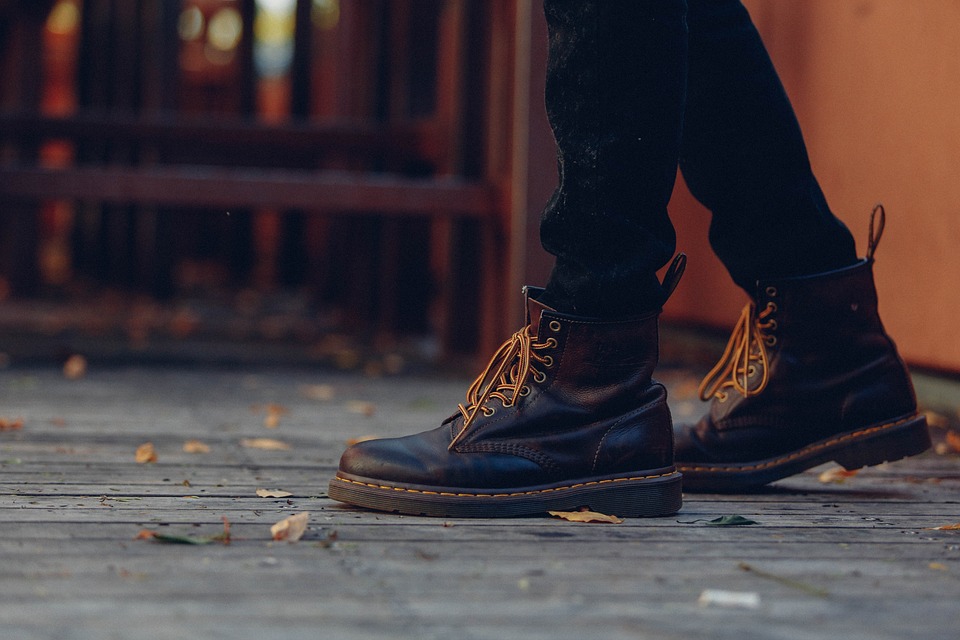In recent years, Chinese footwear has shown a steady growth trend in Russian exports. Russia, as a major consumer market in the world, has a strong demand for footwear products, especially in the sports shoes, winter shoes and childrens shoes. However, under the influence of international sanctions and Russian domestic policies, export companies need to strengthen their layout in compliance, logistics efficiency and market adaptability.

Characteristics of the Russian market
- Demand is clear.Low-end products occupy the mainstream in cost-price advantage, high-end markets are still dominated by international brands;
- Major seasonal fluctuations.Orders for winter shoes account for more than 1% of the total exports of the year, and must be supplied in advance of a month.
List of required documents
Basic Trade Documents:
- commercial invoiceSpecify the product material, model, single price and total amount, and require bilingual contrast;
- Packing ListIndicate the number, weight, volume and method of packaging for each box, and indicate the description in Russian;
- Certificate of Origin (CO)It is issued by the China Trade Promotion Association for the benefit of tariff preferences.
Certification documents:
- EAC certificationRussian and Eurasian Economic Union compulsory requirements, adult shoes must comply with TR CU 017/2011 standard (security of light industrial products), childrens shoes must comply with TR CU 007/2011 (security of childrens goods);
- Health certificateShoes that come into direct contact with the skin (such as sports shoes) must be tested for chemical composition.
Special files:
- RFID electronic tagsSince 2018, all footwear sold in Russia must be affixed with RFID tags that record information such as the country of origin and manufacturer, or face fines or return shipments.

Compliance requirements and certification processes
1. Core Certification
- Adult shoesConformity declaration must be submitted, laboratory testing covers physical properties (abrasion resistance, cracking resistance) and chemical safety (no use of nitrogen dye, formaldehyde content);
- children shoesCompulsory through EAC certification, testing projects include heavy metal migration, small parts suffocation risk, etc., certification cycle about6-8 week;
- Industrial Safety ShoesMust comply with GOST R 53265-2009 fire safety standards, which have a high certification difficulty. It is recommended to entrust a professional organization to handle the process.
2. Labeling and packaging requirements
- The Russian sign.Product name, ingredients, date of production, manufacturer address, etc. must be marked in Russian.
- Environmental protection labelPackaging materials must be labeled with recyclable labels (such as PET, PP code).
- Electronic labelsRFID tags must be purchased and attached by Russian importers before export, cost about 0.3-0.7 USD/double, and must be included in the bid accounting.
3. Technical Standards
- Physical performanceThe wear resistance of the shoe floor, the stretch strength of the shoe surface must comply with GOST standards;
- chemical safetyLimit harmful substances such as benzodiazepines (<0.1%) and lead (<100ppm).

Risk and Response Strategies
1. Certification and Customs Clearance Risks:
- Pain toThe EAC certification process is complex, and the lack of documents can easily lead to delays in clearance.
- Countermeasures: Start certification3 months in advance, select a Russian-accredited laboratory (such as SGS) pre-examination to ensure a one-off pass.
2. Payment and Sanction Risks
- Pain toInternational sanctions have resulted in some banks restricting transfers to Russia, extending the receipt cycle.
- CountermeasuresPriority is given to the use of credit cards (L/C) or third-party payment platforms to avoid the risks of settlement in U.S. dollars; regular screening of customers for sanctions lists.
3. Policy Change Risk
- Pain toRussia frequently adjusts import quotas and labelling regulations.
- CountermeasuresSubscribe to the dynamics of the Russian Ministry of Industry and Trade and establish a mechanism for sharing information with local agents.
4. Logistics and inventory risks
- Pain to: Russian port congestion (such as St. Petersburg), shipping cycles up to30-45 days;
- CountermeasuresUtilize the China-Europe Railway (via Manzhouli Port) to reduce transit time to 15 days, or use overseas warehouse distribution.
Conclusion
Chinese shoesExports to RussiaMarket potential is huge, but compliance is the core competitiveness.Enterprises should focus on hard requirements such as EAC certification, RFID labels and Russian-language logistics, while optimizing the supply chain to address logistics and payment risks.
Finally, if you need our additional support when exporting products to Russia, welcome to contact us at any time!


 Follow the customer service WeChat account.
Follow the customer service WeChat account.